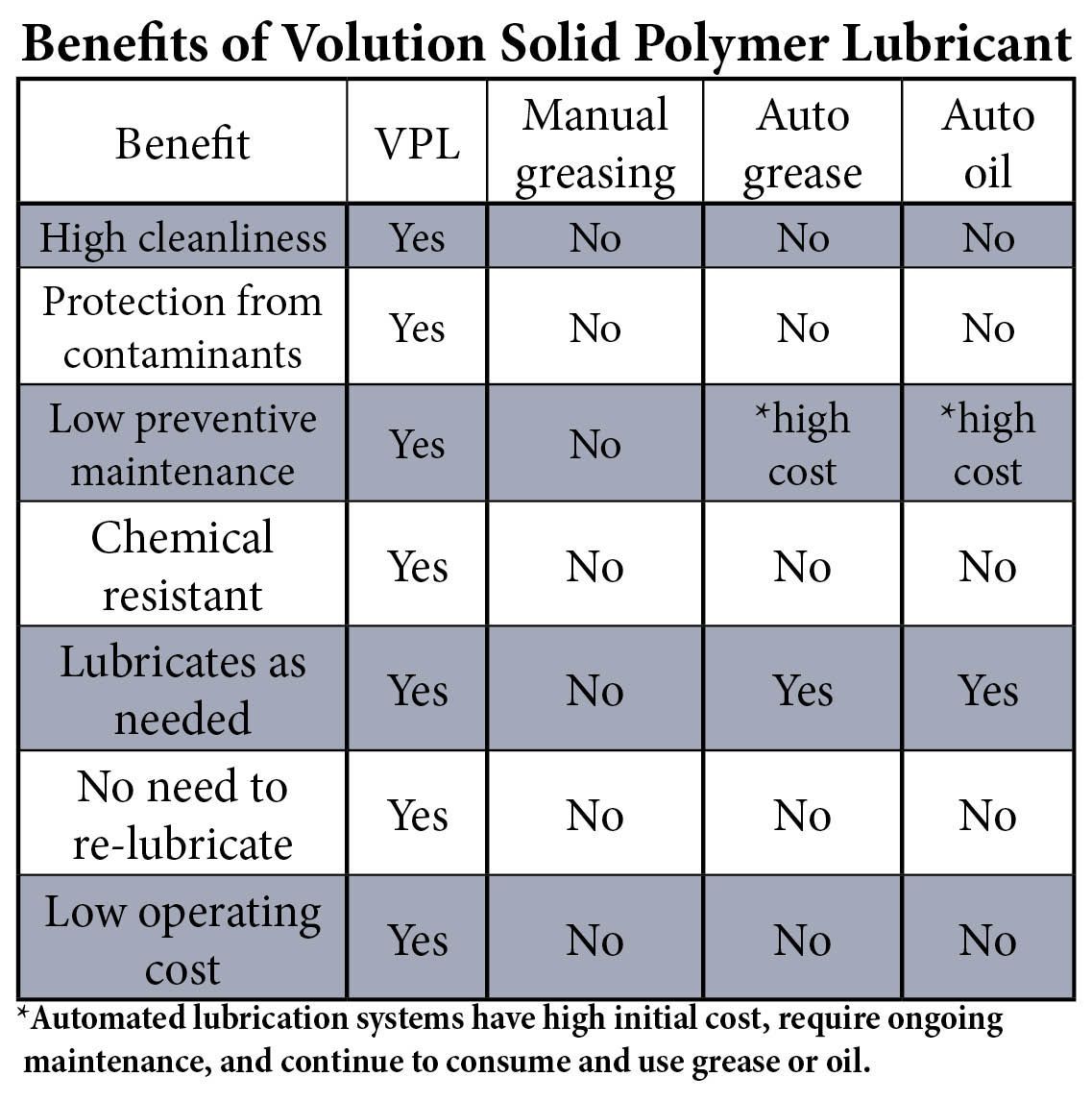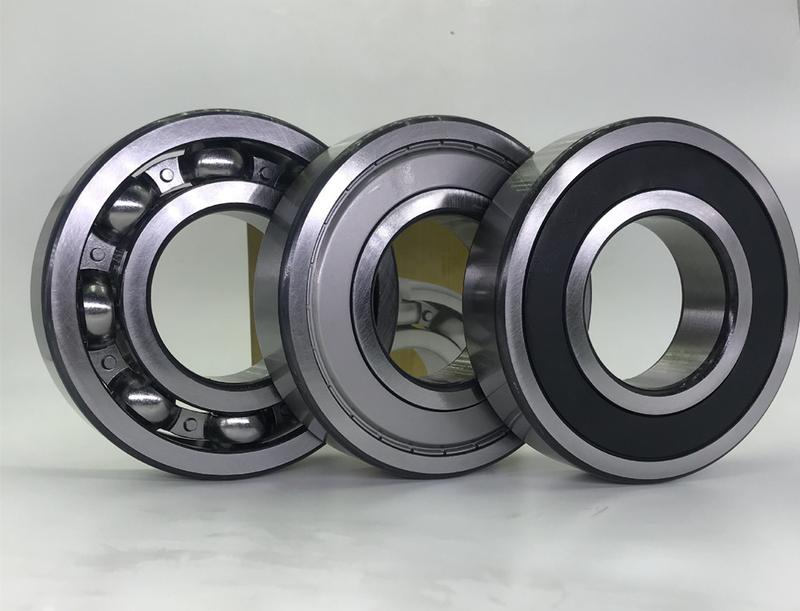Things about Volution Bearing
Table of ContentsVolution Bearing Things To Know Before You Get ThisAll About Volution Bearing5 Simple Techniques For Volution BearingVolution Bearing Fundamentals Explained
An axial (or thrust) bearing lots is when force is identical to the axis of the shaft. A radial bearing load is when force is vertical to the shaft.Below is a fast recommendation for the sort of bearing lots and the most effective round bearing for the job: Radial (vertical to the shaft) and light lots: Select radial round bearings (likewise recognized as deep groove ball bearings). Radial bearings are several of the most typical types of bearings on the market.
Roller bearings are created with round rollers that can distribute tons over a bigger surface area than sphere bearings. Below is a fast reference for the type of bearing tons and the ideal roller bearing for the job: Radial (perpendicular to the shaft) tons: Pick conventional round roller bearings Axial (thrust) (parallel to the shaft) loads: Select round thrust bearings Combined, both radial and axial, loads: Choose a taper roller bearing The rotational rate of your application is the following element to look at when picking a bearing.
They carry out far better at greater speeds and provide a higher rate array than roller bearings. One reason is that the contact between the rolling aspect and the raceways in a round bearing is a factor rather than a line of call, like in roller bearings. Because rolling elements press into the raceway as they roll over the surface, there is much less surface area contortion happening in the factor lots from round bearings.
Not known Incorrect Statements About Volution Bearing

If this happens, a basic and typical option is to change the sphere bearing material from steel to ceramic. This keeps the bearing size the same but supplies home about a 25% greater rate score. Because ceramic material is lighter than steel, ceramic spheres create less centrifugal force for any kind of offered speed.
One reason is that the rounds are smaller sized and smaller sized balls weigh much less and create less centrifugal force when revolving. Angular get in touch with bearings likewise have a built-in preload on the bearings which functions with centrifugal pressures to correctly roll the balls in the bearing. If you are creating a high-speed application, after that you'll desire a high-precision bearing, typically within the ABEC 7 accuracy course.
What Does Volution Bearing Mean?
High precision bearings are trusted for applications that go fast due to the fact that they make sure good sphere and raceway interaction.
Some applications, like cutting device spindles, will just allow a small discrepancy to occur on its turning elements. If you are engineering an application such as this, then choose a high accuracy bearing since it will certainly generate smaller sized system runouts due to the limited resistances the bearing was made to. Bearing rigidness is the resistance to the pressure that causes the shaft to differ its axis and plays an essential role in lessening shaft runout.

10 Easy Facts About Volution Bearing Described
Lubrication develops a movie of oil between the rolling element and the bearing raceway that aids protect against rubbing and getting too hot. One of the most typical sort of lubrication is oil, which includes an oil with a thickening agent. The thickening agent maintains the oil in area, so it won't leave the bearing.
After the rolling element goes by, the oil and thickening agent join back with each other. For high-speed applications, understanding the speed at which the oil and thickener can divide and rejoin is very important. This is called the application or bearing n * dm value. Prior to you select an oil, you need to locate your applications ndm value.
Contrast your ndm value to the oil's max speed worth, situated on the datasheet. If your n * dm value is greater than the grease max rate value on the datasheet, after that the grease will not have the ability to offer enough lubrication and premature failing will take place. One more lubrication alternative for high-speed applications are oil mist systems which blend oil with compressed air and afterwards inject it into the bearing raceway at metered periods.
Comments on “An Unbiased View of Volution Bearing”